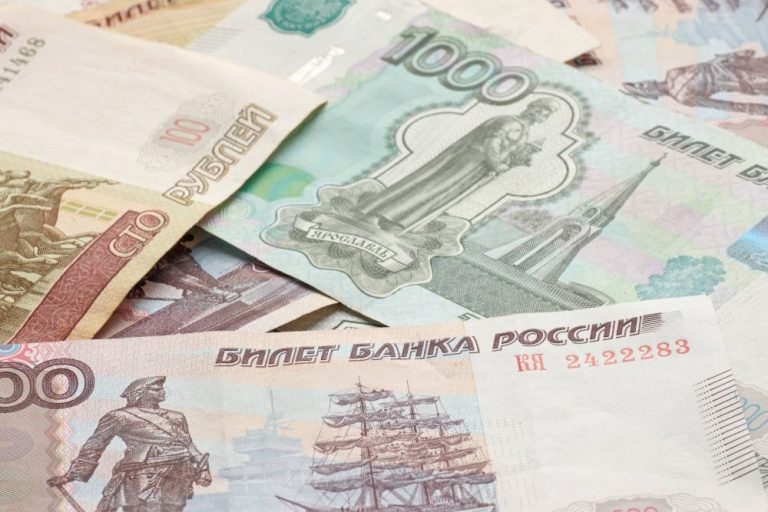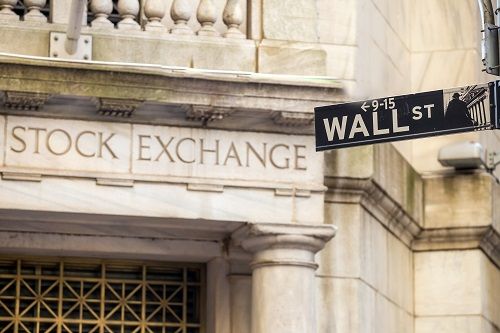In October, Brazilian consumer confidence suffered a small but significant shift in attitude, as seen by the seasonally adjusted FGV-IBRE Consumer Confidence Index falling by 0.7 points to 93.
This adjustment comes after four months of consistent increase, which propelled the index to its highest level in a year.
The divergent fluctuations in the sub-indices provide a nuanced picture of customer attitudes, with future expectations falling and current ratings rising.
Diverging trajectories point towards a complex interplay of factors
The diverging trajectories of the Expectations Index and the Current Situation Index in October point towards a complex interplay of factors shaping consumer confidence.
The Expectations Index, a key metric reflecting consumers’ predictions for the future economic environment, declined by 2.5 points to 99.7.
This marked decrease comes after a series of four consecutive months of positive results, underscoring a notable change in sentiment towards the upcoming months.
On the other hand, the Current Situation Index, which gauges consumers’ perceptions of the present economic conditions, witnessed a 2.0-point increase to 83.7.
This upturn propels the index to its highest level since December 2014 and signifies a more favourable assessment of the current economic landscape by Brazilian consumers.
Analyzing Inflation trends in Brazil: Insights from September
In September, Brazil saw its annual inflation rate rise modestly to 4.42%, just above the market expectation of 4.43%.
This uptick from 4.24% in August was largely attributed to faster price increases in critical areas such as food and beverages, housing and utilities, and healthcare.
While there was a slight decrease in prices related to transportation and personal expenses, the overall trend in inflation stayed stable.
Key factors contributing to the rising inflation included higher costs in housing—especially residential electricity—as well as food and beverages.
There were also minor increases in transportation costs, mainly influenced by airfares and ethanol prices.
In September, consumer prices in Brazil climbed by 0.44% compared to the previous month, following a small dip in August.
This change was generally in line with what the market had anticipated, reflecting a robust inflationary environment.
Significant shifts in specific sectors like housing, food and beverages, and transportation highlighted the complex factors at play in Brazil’s inflationary landscape.
In light of these changes, ongoing careful observation and strategic economic management will be essential for navigating the shifting inflationary conditions and maintaining economic stability.
Challenges and opportunities ahead
The contrasting movements in the Expectations Index and the Current Situation Index illuminate the challenges and opportunities that lie ahead for Brazilian consumer confidence.
While the positive upswing in current evaluations bodes well for the immediate economic outlook, the decline in future expectations signals potential obstacles on the horizon.
Balancing these factors and understanding their implications is crucial for policymakers and businesses seeking to navigate the evolving consumer sentiment landscape.
Consumer confidence serves as a vital barometer for economic decision-making and spending patterns.
A decline in confidence levels can ripple through various sectors of the economy, influencing demand, investment, and overall economic activity.
Indicators show the need for closer monitor
The fluctuations in consumer confidence underscore the need for policymakers and industry stakeholders to closely monitor economic indicators and tailor strategies to shore up consumer sentiment.
Policymakers face the task of interpreting the mixed signals in the FGV-IBRE Consumer Confidence Index and devising targeted interventions to bolster consumer confidence.
By addressing underlying concerns, fostering transparent communication, and implementing measures to enhance future expectations, policymakers can catalyze a more resilient and optimistic economic environment.
As Brazil grapples with shifting consumer sentiment, it becomes imperative to focus on strategies that instill confidence in the economy.
Transparency in policymaking, clear communication of economic strategies, and targeted interventions to address consumer concerns can play a pivotal role in rebuilding trust and optimism among consumers.
What’s at stake?
Overall, the October 2024 FGV-IBRE Consumer Confidence Index in Brazil reflects a dynamic consumer sentiment landscape characterized by mixed signals.
While the decline in expectations poses challenges, the uptick in current evaluations presents opportunities for economic growth.
Navigating this nuanced terrain requires a multifaceted approach that acknowledges and addresses both the challenges and opportunities shaping Brazilian consumer confidence.
The post Brazilian consumer confidence dips in October, revealing mixed signals appeared first on Invezz










